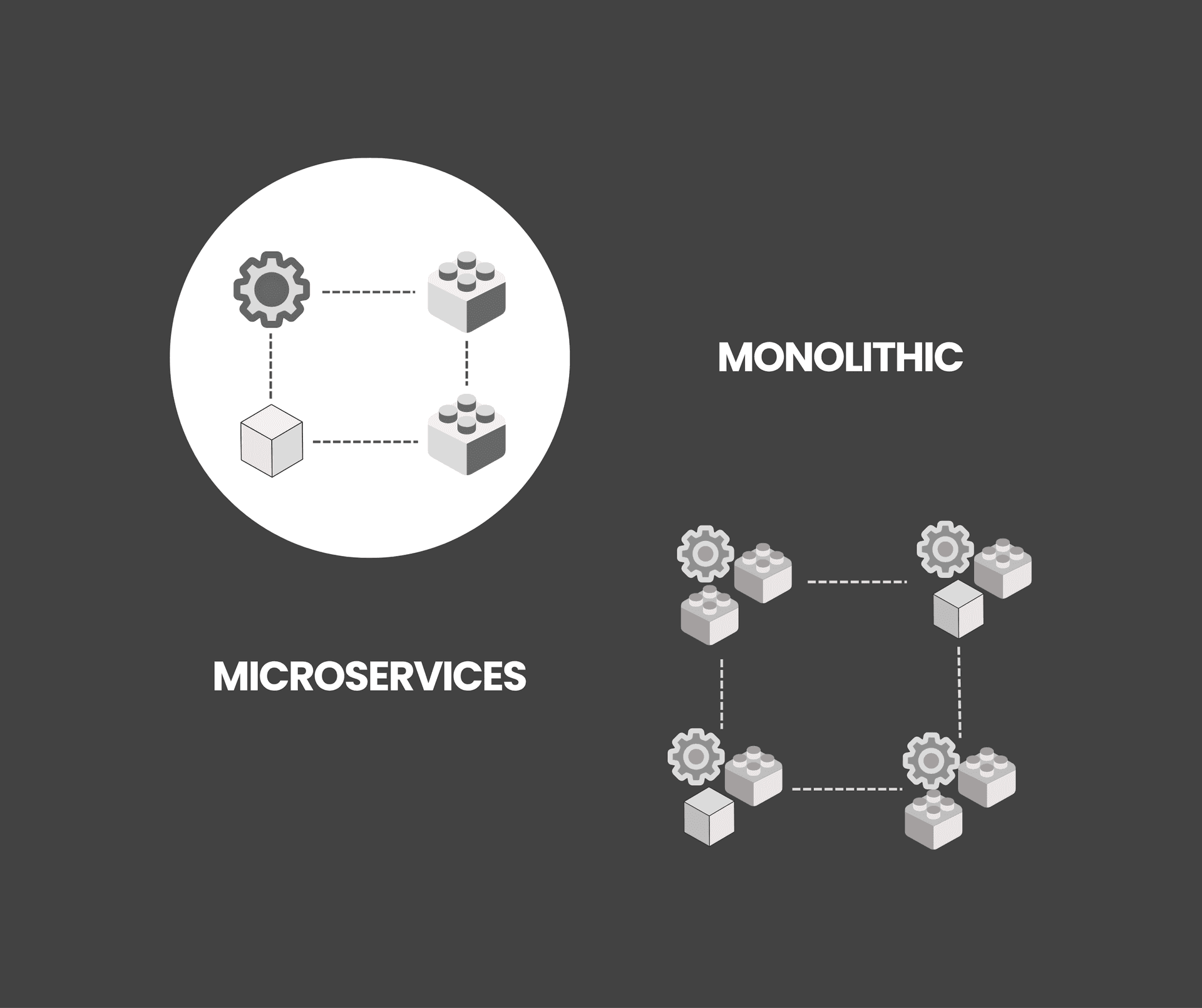Pyae Thuta - BlogMonolithic vs Microservices: A Quick Walkthrough

June, 2025 ⋅ 10 mins read
In the field of software development, it’s important to consider correct architecture as it can be beneficial a lot in a project’s long-term success.
The most prominent architectures are Monolithic and Microsevices. While both have their place, it will be helpful a lot in building scalable, maintainable and efficient softwares if you understand their differences, pros, and cons.
Monolithic Architecture
This is the model where all the components and functionalities of a software are packaged and deployed into a single codebase, requiring redeployment of the entire application for any changes.
Pros of Monolithic Architecture include simplicity, ease of deployment, straightforward testing while its cons include scalability, tight coupling (one module with issues can bring down the whole system).
Microservices
Application is broken down into a collection of small and independent services. Each service is responsible for specific business logic or feature and can be deployed separately based on their specific needs.
Pros of Microservices include independent deployment, isolation of fault, flexibility in technology while its cons are being more complex compared to Monolithic, more latency (communication overhead) and required stronger infrastructure.
Monolithic Architecture is best for:
• Startups and MVPs
•Simple applications with simple features
•Projects with limited resources or tight timeline
Microservices Architecture is best for:
•Large-scale enterprise software
•Systems that require independent scaling
•Teams working on separate modules
•Applications that required continuous deployment
Conclusion
The decision between monolithic and microservices architecture depends on the project's scope, complexity, and team structure. Monolithic is a great choice for simplicity and speed, especially for smaller projects, while microservices offer flexibility and scalability for larger, more complex systems.